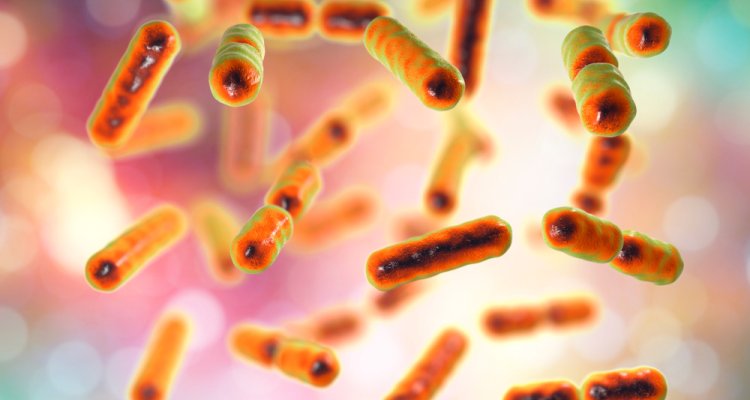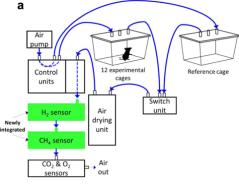
News
New method measures air to reveal how intestinal microbes work
Researchers of Wageningen University & Research have developed a new method that reveals how microbes in the intestines respond to food intake. By measuring the air breathed in and out by mice, it was shown in real-time that different types of food were fermented differently by intestinal bacteria. The method may lead to new insights into healthy food and the detection of aberrations in the intestines.
The study was conducted by feeding different kinds of food to mice, ranging from lowly-digestible starch diets (LDD) to highly-digestible starch diets (HDD). Sensors continuously measured hydrogen and methane levels in the air. The hydrogen measurements showed that LDD diets were fermented more completely and more rapidly than HDD diets. This affects the energy balance of organisms: the fermentation by microbiota contributes to how much food is converted into energy and how much is lost. The measurements can be obtained in a non-invasive way, simply by measuring gases in the air.
Human use
According to Evert van Schothorst, the principle investigator involved, this new method has a lot of potential to be applied to humans: ‘In the near future, the method can be used to detect aberrations in the intestines in a quick and easy way, for instance by using some type of breath test. Additionally, the system can provide information about healthy food, contributing to the fight against overweight and obesity.’
